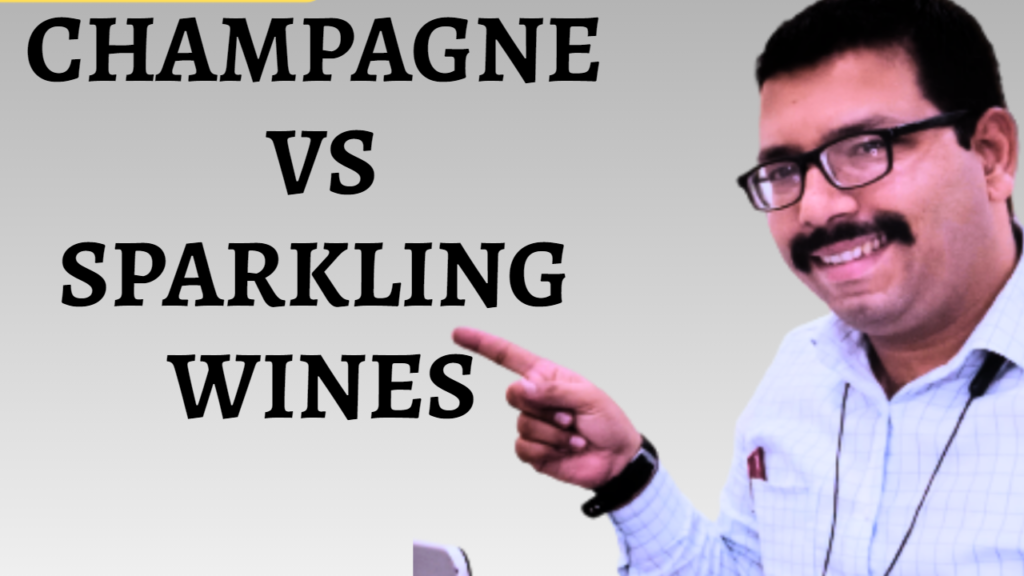
Welcome to my Blog we’ll explore the key Difference between Champagne and sparkling wine. Discover how Champagne, produced exclusively in the Champagne region of France, stands apart from sparkling wines made around the world. Learn about the unique grape varieties, production methods, and flavor profiles that make each of these bubbly beverages special. Whether you’re celebrating a special occasion or just curious, this video will help you understand what makes Champagne and sparkling wines unique. Cheers! #champagne #sparklingwine #hotelmanagement
1Difference Between Champagne and Sparkling Wines
1. Geographical Origin:
- Champagne: Can only be produced in the Champagne region of France. This region is protected by strict laws and regulations.
- Sparkling Wine: Can be produced in various regions worldwide, including Italy (Prosecco), Spain (Cava), and the United States.
2. Production Methods:
- Champagne: Made using the traditional method (Méthode Champenoise), where the secondary fermentation occurs in the bottle.
- Sparkling Wine: Can be made using various methods, including the Charmat method (used for Prosecco) where secondary fermentation happens in a large tank.
3. Grapes Used:
- Champagne: Typically made from Chardonnay, Pinot Noir, and Pinot Meunier grapes.
- Sparkling Wine: Can be made from a wide variety of grapes depending on the region and type of sparkling wine.
4. Flavor Profile:
- Champagne: Known for its complex flavors, including notes of apple, pear, citrus, toast, and almond, often with a creamy texture.
- Sparkling Wine: Flavor profiles can vary widely. Prosecco, for example, is typically lighter and fruitier with floral notes.
5. Aging Requirements:
- Champagne: Non-vintage Champagne must age for at least 15 months, while vintage Champagne must age for a minimum of three years.
- Sparkling Wine: Aging requirements vary by type and region. Prosecco, for example, is usually consumed young and fresh.
6. Carbonation Levels:
- Champagne: Generally has higher carbonation, resulting in finer, more persistent bubbles.
- Sparkling Wine: Bubble size and carbonation levels can vary. Prosecco, for example, typically has larger, more effervescent bubbles.
7. Price Point:
- Champagne: Often more expensive due to the labor-intensive production process and regional prestige.
- Sparkling Wine: Can be more affordable, with prices varying widely based on the type and region.
8. Labeling and Regulations:
- Champagne: Subject to stringent regulations regarding production, labeling, and marketing. Only sparkling wines from the Champagne region can be labeled as “Champagne.”
- Sparkling Wine: Labeling regulations vary by country and region. For example, only sparkling wine from the Prosecco region can be labeled as “Prosecco.”
9. Terroir:
- Champagne: The unique climate and soil of the Champagne region contribute to its distinct taste. The region’s cool climate and chalky soil are ideal for the specific grapes used.
- Sparkling Wine: Terroir varies widely depending on the production region, affecting the flavor and characteristics of the wine.
10. Cultural Significance:
- Champagne: Often associated with luxury, celebration, and special occasions. It holds a significant cultural and historical prestige.
- Sparkling Wine: While also used for celebrations, it is generally perceived as more accessible and versatile for everyday enjoyment.